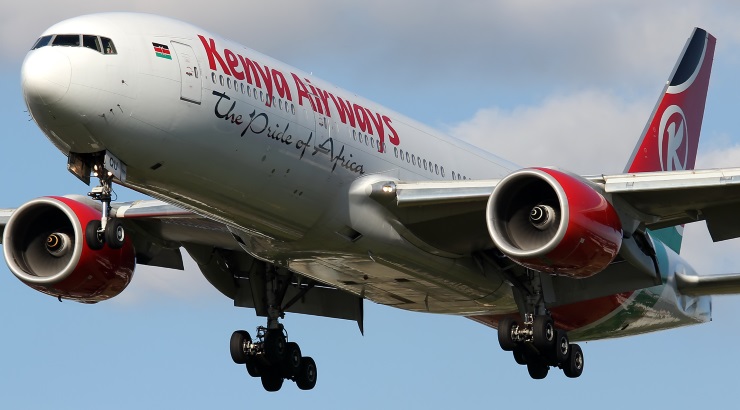Infrastructure
Why JKIA’s Second Runway Project Has Failed to Take Off
Work was expected to begin by end of this month and tenders had already been floated.

The long-awaited construction of a new runway at the Jomo Kenyatta International Airport (JKIA) in Nairobi has been postponed indefinitely despite the approval of a Sh16.5 billion loan by the African Development Bank (AfDB) to finance the project.
The Ministry of Transport said last month that although the project has not been cancelled, the government was reflecting on its economic viability before it begins work on the “capital-intensive venture”.
Construction was expected to begin by the end of this month and tenders had already been floated, with more than 50 local and international companies bidding.
“We have not cancelled the project. What we are doing right now is to deliberate on the full economic value of this project against other things,” said Transport Principal Secretary Paul Maringa.
“This is a heavy investment project and we have to be sure of its value before we embark on it, just to ensure that we get it right.”
In November last year, the Kenya Airports Authority (KAA) secured funding from AfDB for the project. The bank approved a Sh16 billion loan with the Kenyan government topping up 20 per cent of the total cost.
In February, Construction Kenya reported that AfDB was about to back out of the deal following the State’s failure to give a detailed strategy of how it planned to raise the rest of the money needed for the Sh37 billion project.
KAA had planned to use part of the AfDB loan to hire a consultant to prepare an impact study for the ambitious project.
“Since the AfDB has refused to disburse the first installment of the loan, the KAA has been unable to conduct this audit, which has delayed the project,” Construction Kenya reported.
Following the approval of the loan in November, the KAA had indicated that construction of the second runway would commence in the second half of this year to enable the airport to handle bigger aircraft that ply intercontinental routes.
RELATED: Second JKIA Runway Project to Cost Sh37 Billion
The proposed JKIA second runway, whose design was financed by the AfDB, is 4.8 kilometres long and 75 metres wide – a significant improvement from the current runway that has a length of 4.2 kilometres and a width of 60 metres.
KAA managing director Johny Andersen last year said the proposed runway would nearly double the movement of aircraft from 25 to 45 per hour thus minimising delays caused by mishaps on the path.
“The new runway will be an upgrade of the existing one (which was built in the 1970s). This will be a category two runway that conforms to international standards,” he said.
If the proposed runway is cancelled, it will mark the second major project at the JKIA financed by AfDB to have been abandoned by the ministry.
The Green Field Terminal project was cancelled in 2016 over findings that the facility would yield little value for money and that the funds were better used for constructing a second runway.
JKIA, which is the busiest airport in East Africa, is expected to handle over 17 million passengers annually by 2020.














